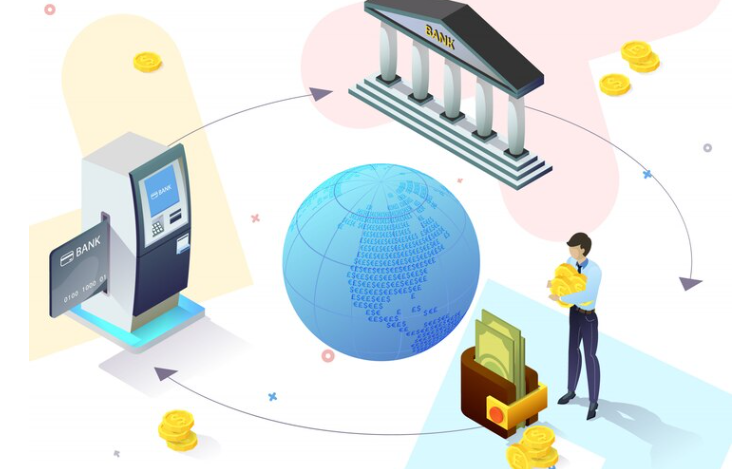The landscape of banking is rapidly evolving, driven by the surge in payment applications and the emergence of fintech startups. Consumers, particularly those belonging to the millennial and Gen Z demographics, now demand swift and personalized assistance not only for basic banking but also for loans, investments, trading, and financial planning. What’s more, they prefer not to visit physical bank branches or endure long queues.
New self-service applications and digital-only banks are progressively eroding the market share of traditional financial institutions. While the financial industry typically exhibits caution towards risks, it must adapt swiftly to these changes or face obsolescence. According to Gartner’s predictions, if traditional banks do not revise their current operational models, digitalization could render most of them irrelevant by 2030.
The digital revolution initially commenced with applications offering convenient payment and deposit options through mobile devices, a service now commonly offered by most banks.
The demand for such services surged during the pandemic, with 58% of U.S. consumers deliberately avoiding physical bank branches, as revealed in IDC Insights’ 2020 Cross-Industry Consumer Response to COVID-19 survey. Currently, 89% of U.S. respondents report using mobile banking channels, with 70% identifying mobile banking as their primary method for accessing their accounts, according to an Insider Intelligence survey.
However, the wave of fintech innovation extends beyond basic services. Digital-only banks like Chime, SoFi, and Current operate without physical branches, providing customers with the convenience of online checking and savings accounts, credit cards, and even mortgage loans.
These online banks, often referred to as neobanks, achieve cost savings by avoiding the need to lease or maintain physical buildings. Many also offer customers lower fees and higher returns compared to traditional competitors. Moreover, unlike legacy banks burdened with outdated technology, neobanks streamline online services such as opening a checking account or processing payments, making these processes quick and straightforward.
The favorable attributes of neobanks position them for substantial growth. Currently, nearly 30 million individuals hold digital bank accounts, a figure projected to climb to nearly 48 million, constituting 17.9% of the U.S. population, by 2024, according to Insider Intelligence.
Nevertheless, traditional banks need not simply stand aside and watch digital rivals dominate the market. By modernizing their technological infrastructure, they can offer customers an extensive array of digital services, whether independently or through collaborative partnerships, all while maintaining stringent governance and security standards.
For instance, Denmark’s largest bank embarked on a journey to enable customers to access a wide range of services on any device by collaborating with HCL to create a unified digital platform. This approach proved to be significantly more efficient and cost-effective than managing multiple online solutions on disparate technology stacks, as the bank had previously attempted.
The newly developed platform seamlessly adjusts its content layout to align with the channels and devices used by customers, offering the same effortless accessibility as digital competitors but with robust security and consistent branding.”FinTech Solutions: Empowering Financial Evolution Through Expertise in FinTech Software Development Company and Innovative Financial Technology Solutions.”
Banks can also expand their customer base by harnessing the power of data analytics. In a survey conducted by Gartner, banking IT leaders identified data analytics and artificial intelligence as pivotal technological capabilities for their organization’s evolution. Through AI-driven analytics, banks can attract younger customers with high lifetime value and nurture these relationships over time by providing tailored content and services that adapt to their evolving needs.
Competing with fintech companies is not merely an option for today’s banks; it is an imperative. The encouraging news is that with the right tools and strategic partnerships, they can quickly bridge the gap while capitalizing on their long-standing reputation for reliability and exceptional security.
For more information on a trustworthy digital experience in critical moments, please click here.










